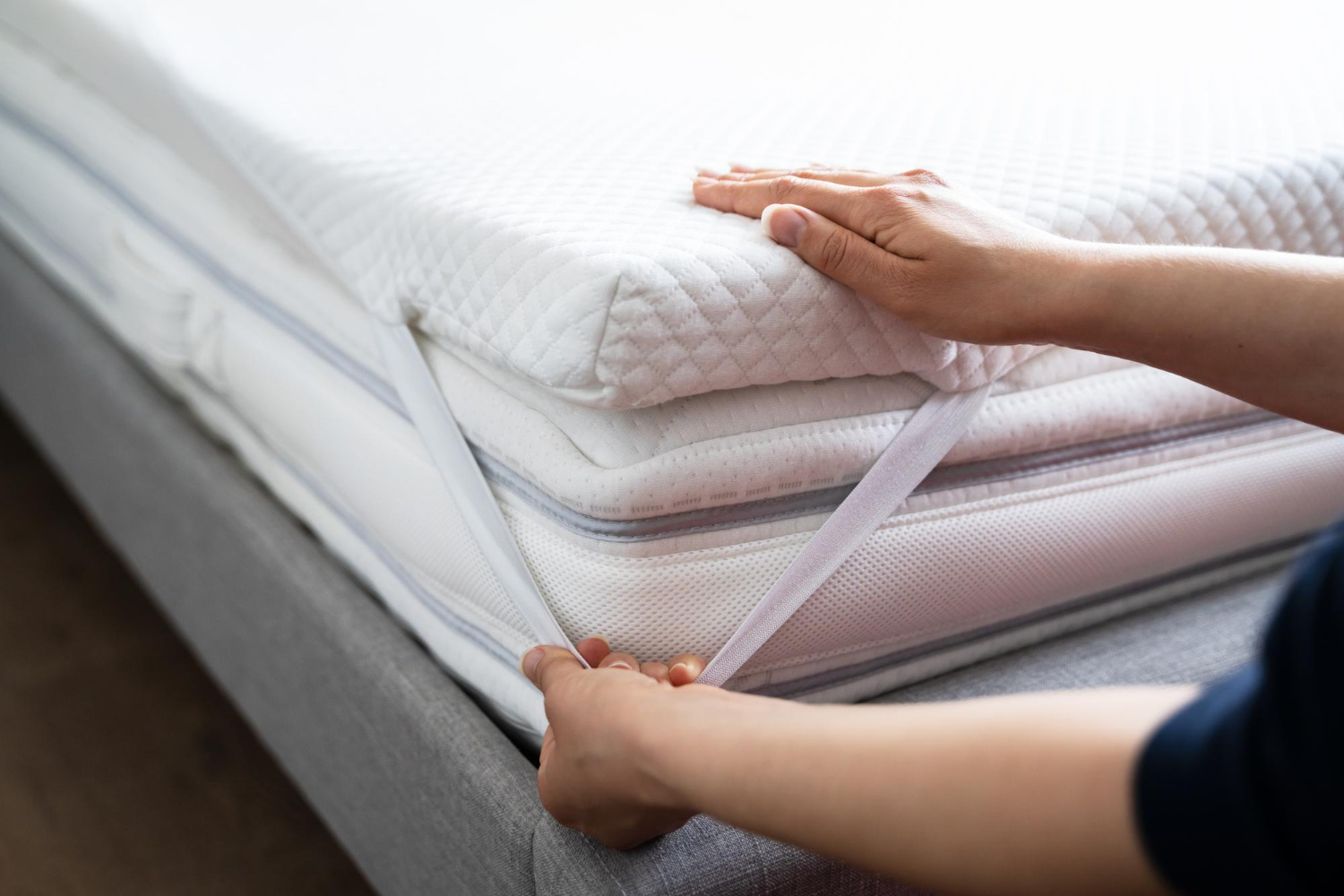When you buy a mattress, understanding the warranty is key. A warranty serves as a promise from the manufacturer about the quality and durability of the mattress. It’s more than just paperwork; it’s your safety net for defects and issues that might arise.
Having a clear grasp of your mattress warranty helps you know what is covered and for how long. It can protect you from unexpected costs if the mattress sags or has faulty materials. Knowing the details also saves you from disappointment if something goes wrong and you need to make a claim.
In this article, we’ll dig into the ins and outs of mattress warranties. From what they cover to how you can make a claim if needed, understanding these details ensures you get the most from your investment. With the right knowledge, you can confidently choose a mattress that fits both your comfort needs and your budget, reassured by the promise of quality.
What Is a Mattress Warranty?
A mattress warranty is a manufacturer’s promise to cover certain issues related to the mattress’s quality and construction. It protects you from manufacturing defects and material failures that might occur within a specific period after purchase. This means if your mattress starts to sag excessively or if the stitching begins to fall apart without misuse, the warranty could cover repair or replacement costs.
Most mattress warranties range from 5 to 20 years, but the length can vary based on the brand and type of mattress. Typically, the warranty terms include details about what the manufacturer considers a defect and under what conditions they will address these issues. Some warranties might be prorated, meaning the coverage decreases over time. Other warranties stay non-prorated, which means you get the same benefits throughout the warranty period.
Understanding these terms is crucial because it helps you know what to expect. It assists you in recognizing if an issue qualifies under the warranty, and it gives you peace of mind that your investment is protected against potential defects.
Common Coverage and Limitations
Mattress warranties usually cover specific defects and problems. Common issues covered include:
– Sagging: Often defined as a noticeable indent usually over 1-1.5 inches deep.
– Manufacturing Defects: Problems like broken springs or issues in the mattress construction.
– Material Flaws: Defects in the mattress foam or fabric.
However, warranties also come with exclusions and limitations. Common limitations include:
– Normal Wear and Tear: Gradual softening and minor changes over time aren’t covered.
– Stains or Damage from Misuse: Warranties don’t cover damage from spills or improper handling.
– Comfort Preferences: Changes in comfort level or personal preference over time are not warranty issues.
Knowing what’s covered and what’s not can help you maintain the mattress properly and make informed decisions if issues arise. It ensures that you avoid actions that might void the warranty, like using an improper bed frame. Always keep documentation and read the warranty terms thoroughly to be prepared if you ever need to file a claim.
How to Make a Warranty Claim
Understanding how to file a warranty claim can save you time and hassle. Here’s a step-by-step guide to navigate the process smoothly:
1. Review Your Warranty: Start by reading through your mattress warranty documentation. Familiarize yourself with the terms, what’s covered, and the process for filing a claim.
2. Document the Issue: Take clear photos of the defect and any related issues your mattress might have. This documentation is crucial when submitting your claim.
3. Contact the Manufacturer or Retailer: Reach out to them via the contact information provided in your warranty documentation. Explain the issue and follow their instructions on how to proceed.
4. Submit Required Information: Provide all necessary information when asked, which might include purchase receipts, photographs, and a written description of the problem.
5. Follow Up: Keep track of your claim status. If you haven’t heard back in a reasonable time, reach out to ensure your claim is under review.
For smoother approval of your claim, keep your mattress clean, as stains often void warranties. Also, use a proper bed frame since an improper setup can lead to damage not covered by the warranty.
Importance of Understanding Your Warranty
Grasping the details of your mattress warranty is vital because it affects your purchase and future satisfaction. A clear understanding saves you from potential frustrations and costs if problems arise.
Knowing your warranty terms lets you make informed decisions when choosing a mattress. For example, if you value long-term support, a warranty covering sagging might be a priority. It ensures that the mattress will remain comfortable and supportive over its lifespan.
Additionally, understanding the warranty can guide you in proper mattress care, helping you avoid actions that could void your warranty. This knowledge is beneficial in maximizing your mattress’s duration and utility.
Warranties also influence where you buy your mattress, making it crucial to choose retailers known for trustworthy warranty practices. This protects you and ensures confidence in your purchase.
Conclusion:
Understanding mattress warranties empowers you to make informed choices about your sleep investment. Knowing what coverage you have and how to use it effectively can prevent unpleasant surprises. With detailed knowledge about warranties, you can enjoy peace of mind, knowing you’re protected against potential manufacturing defects.
At Billy Bob’s Beds, we aim to simplify your mattress journey with transparent warranties and exceptional service. Discover the best mattresses in San Antonio with confidence, knowing your comfort and satisfaction are our priorities.
